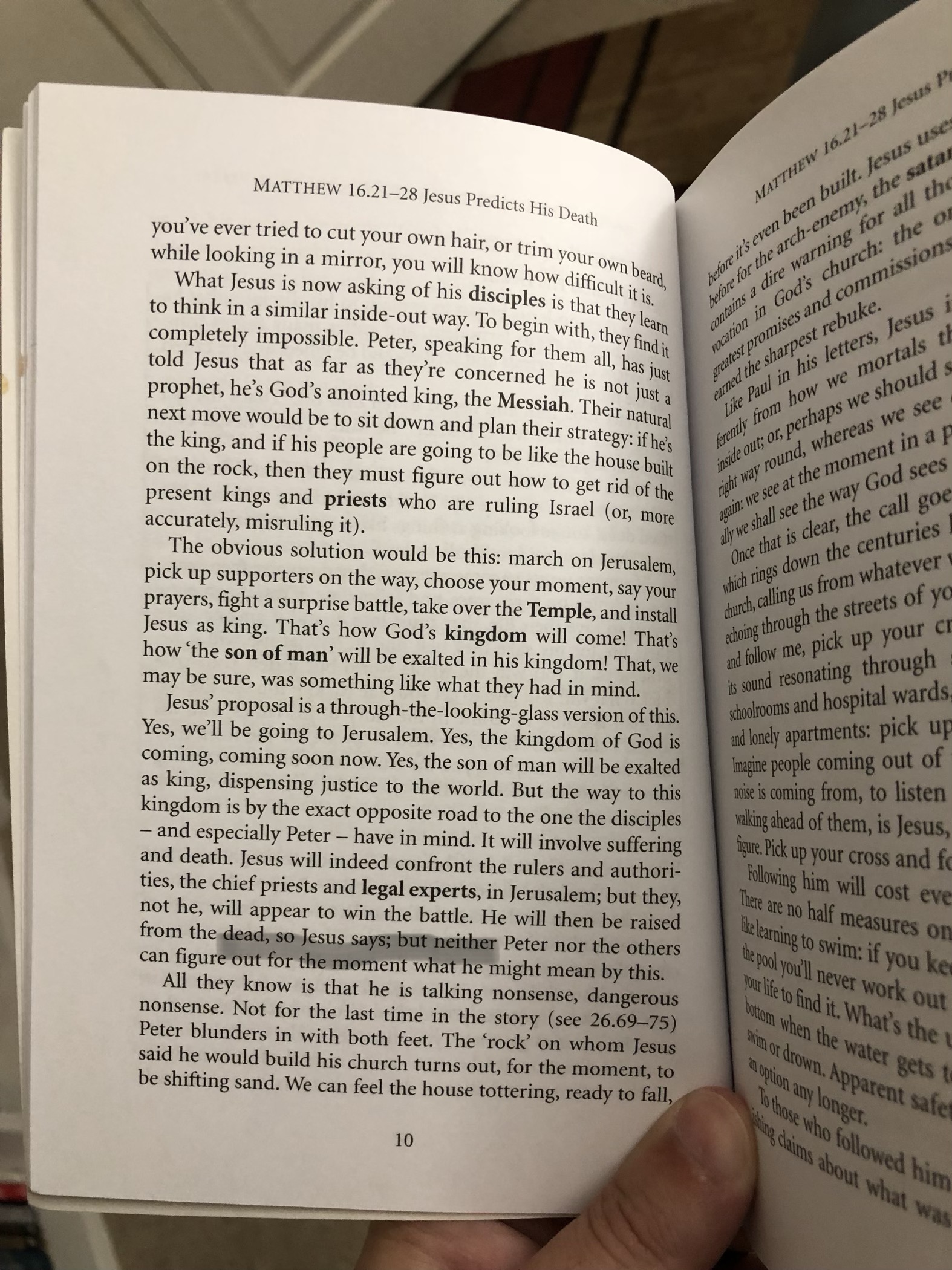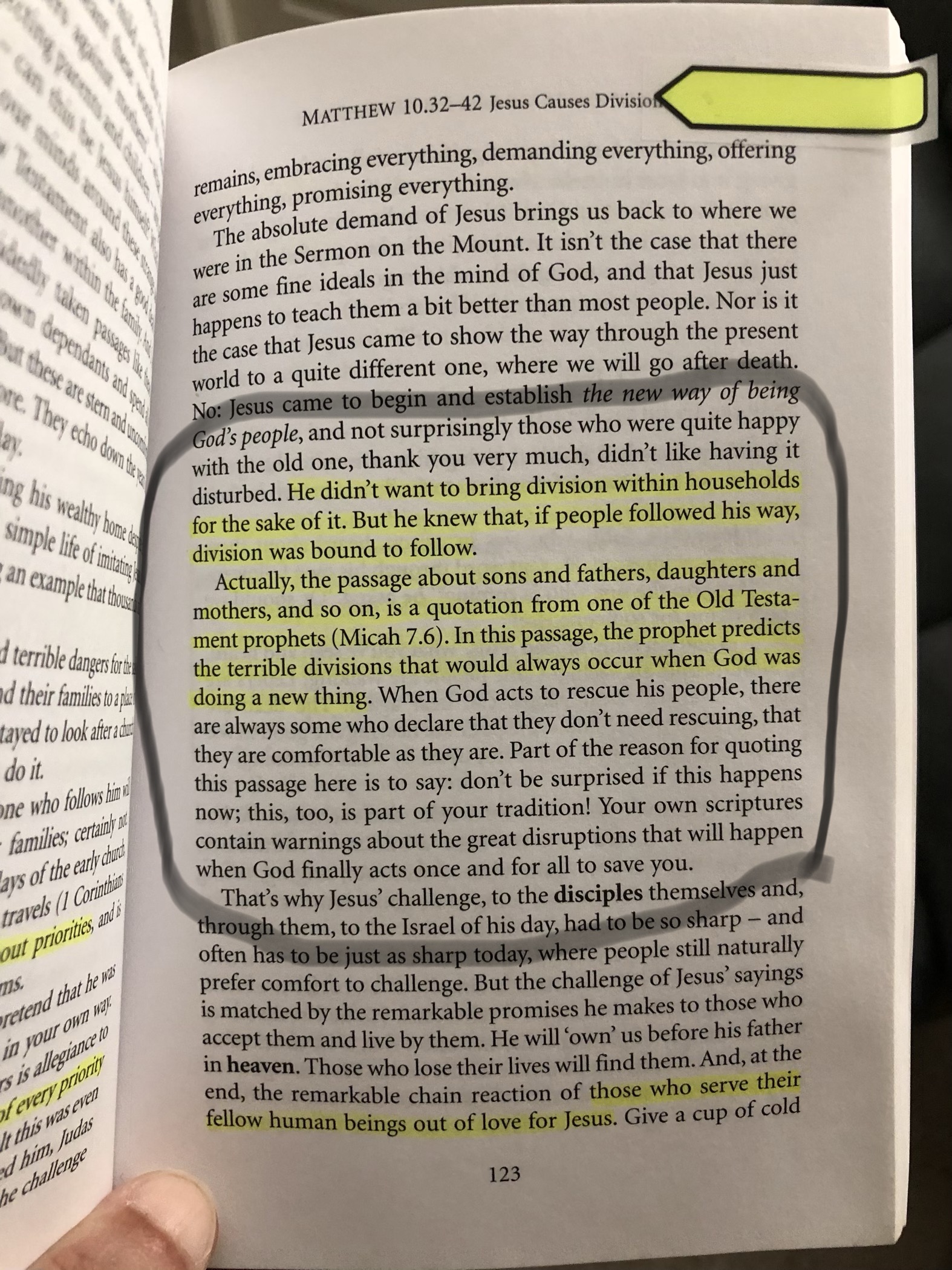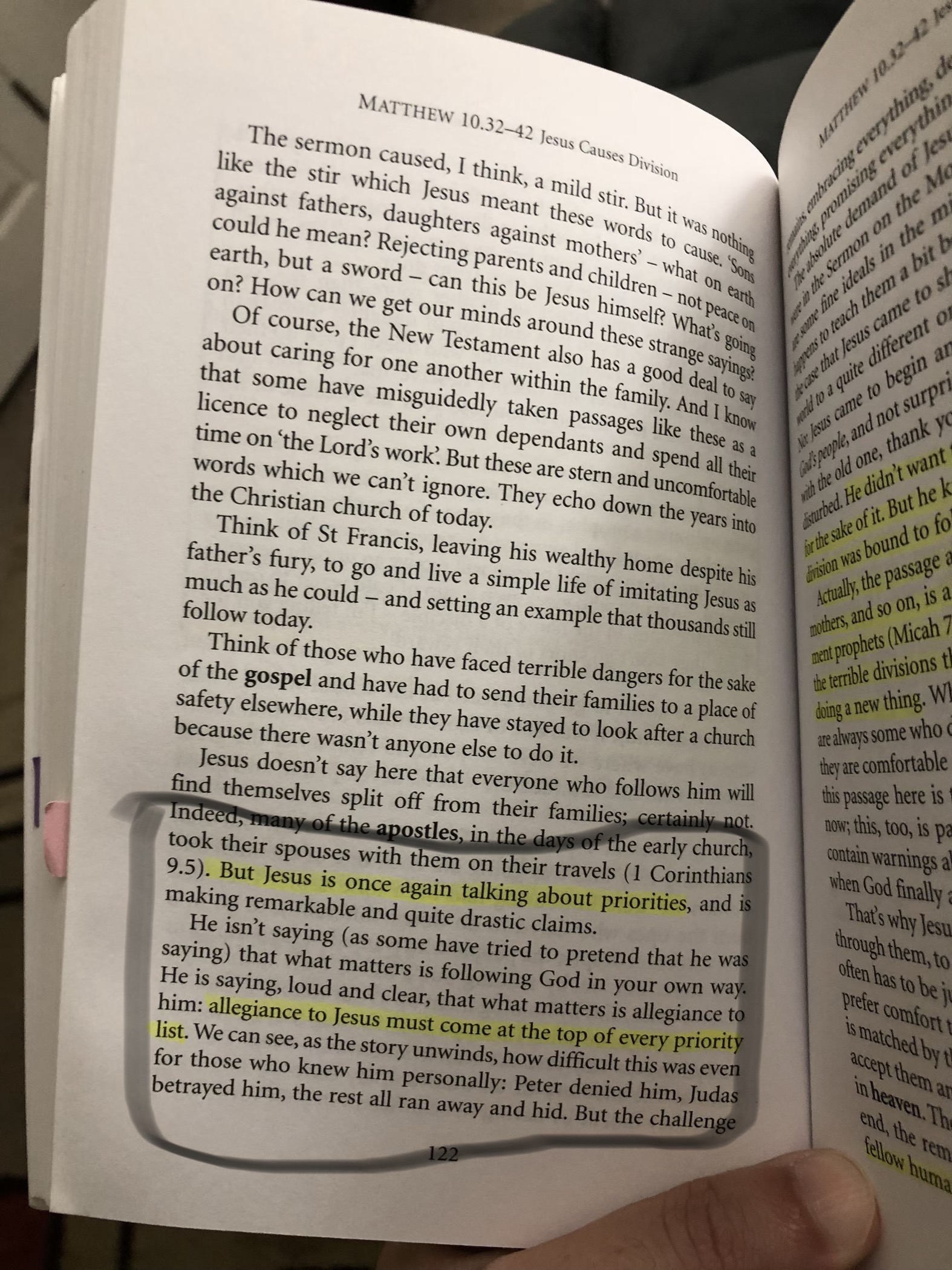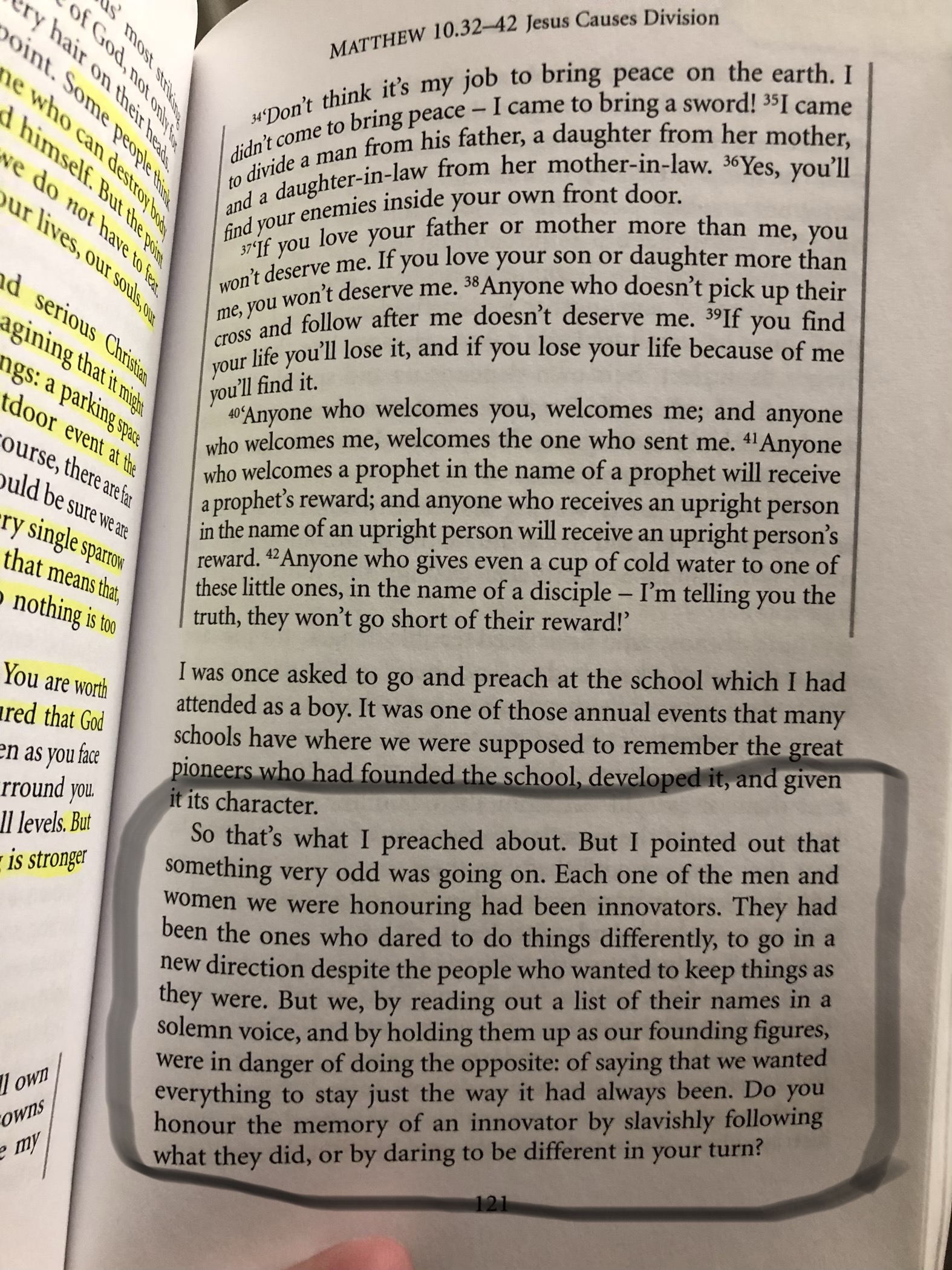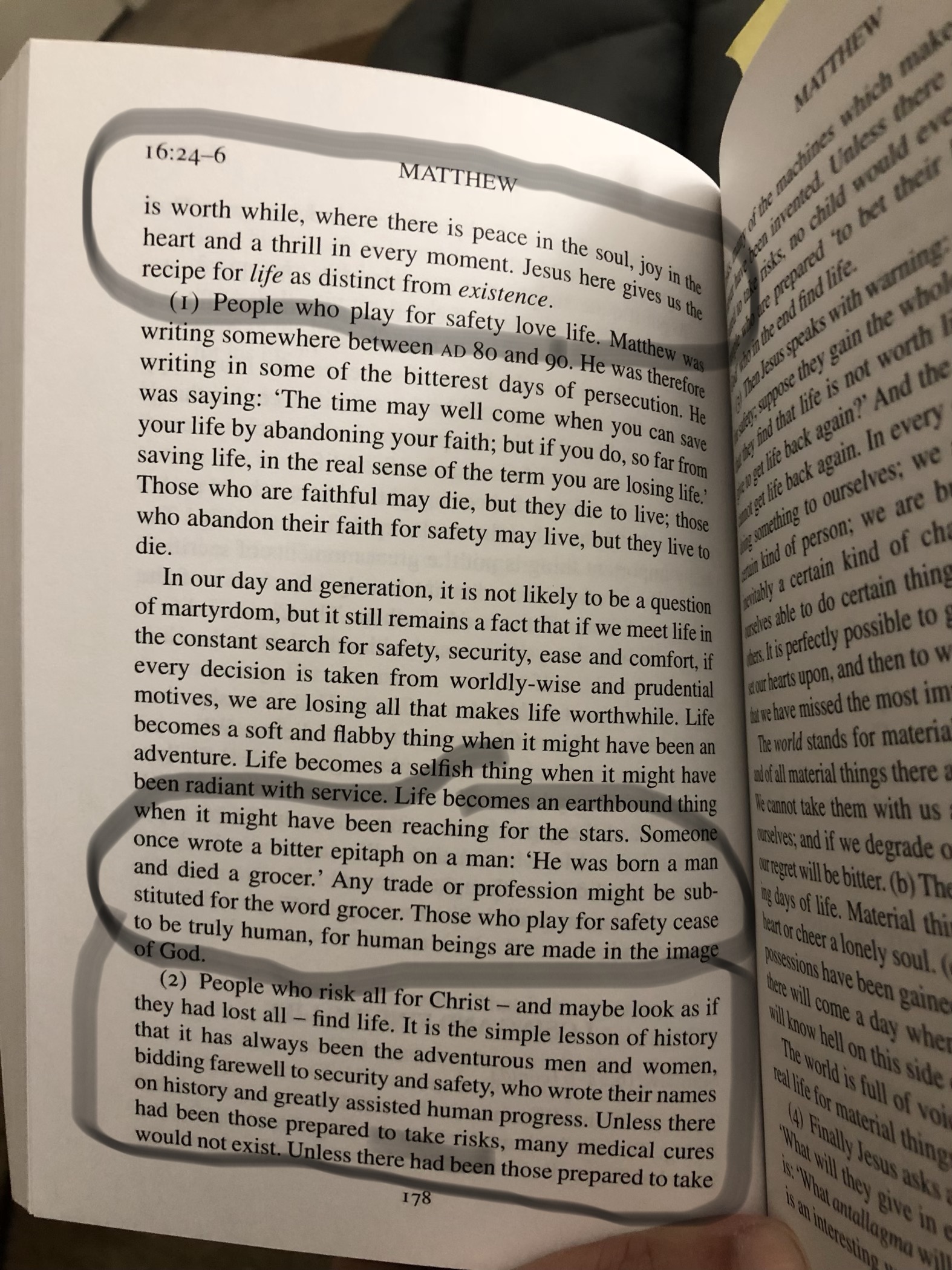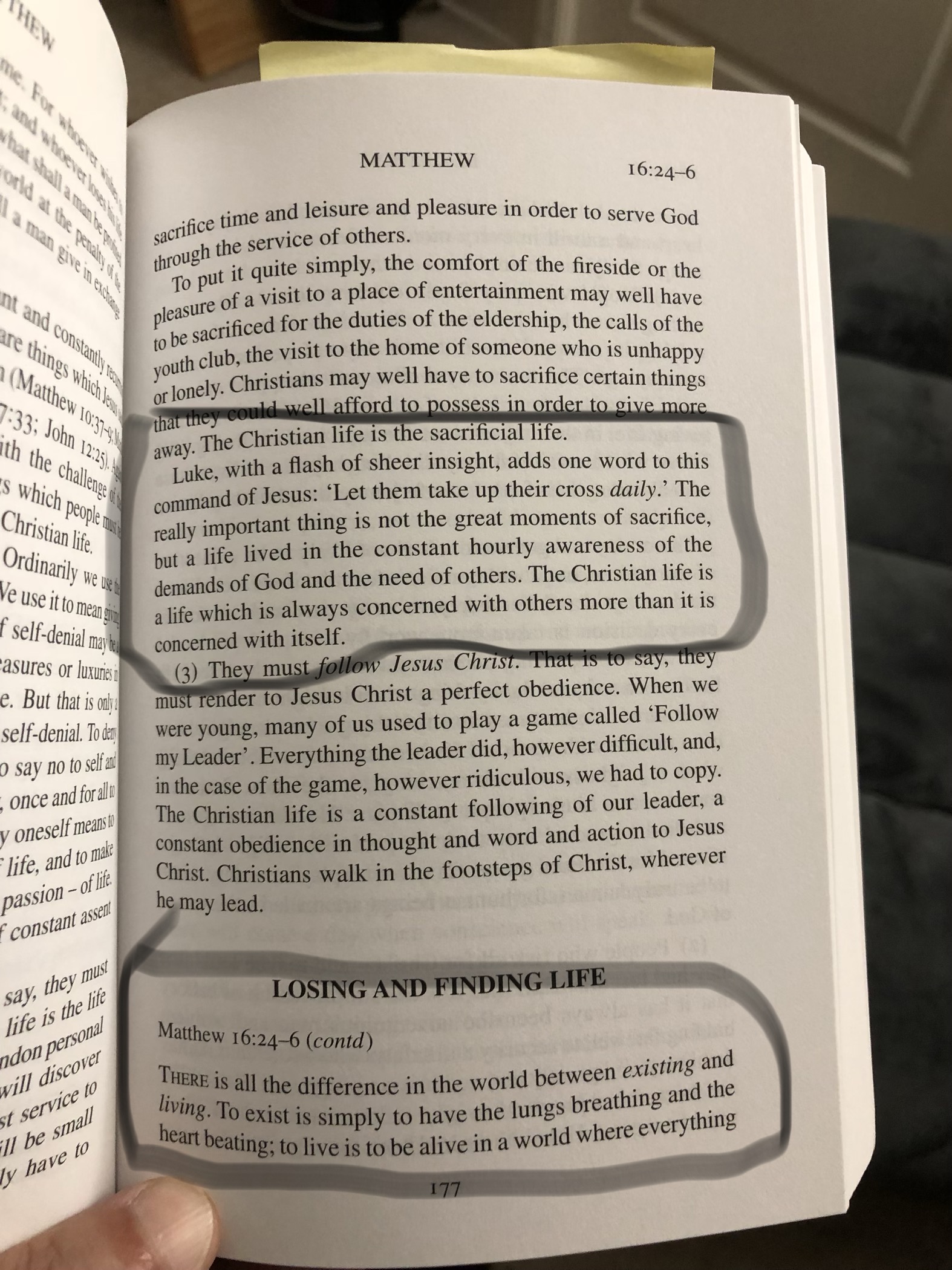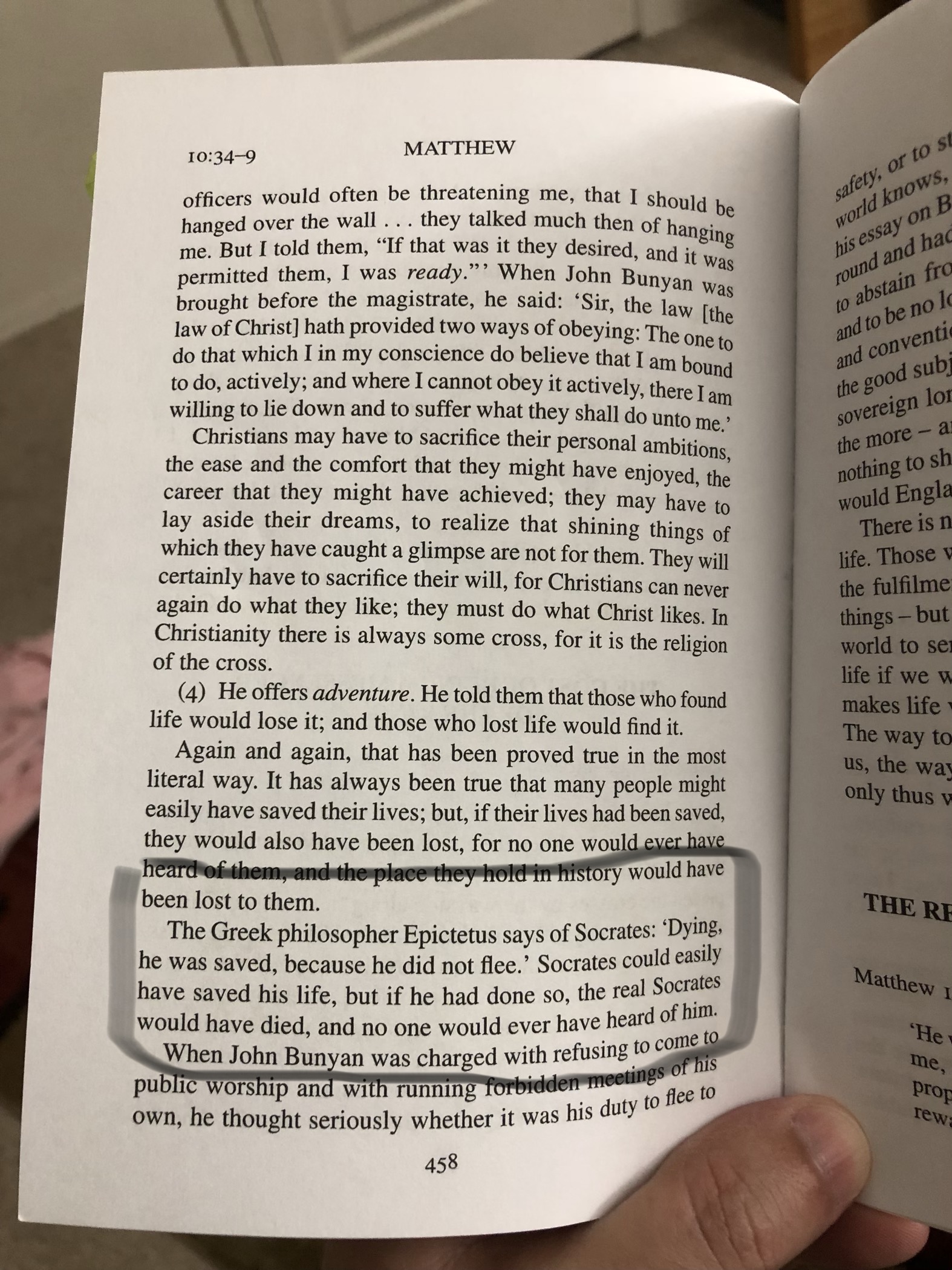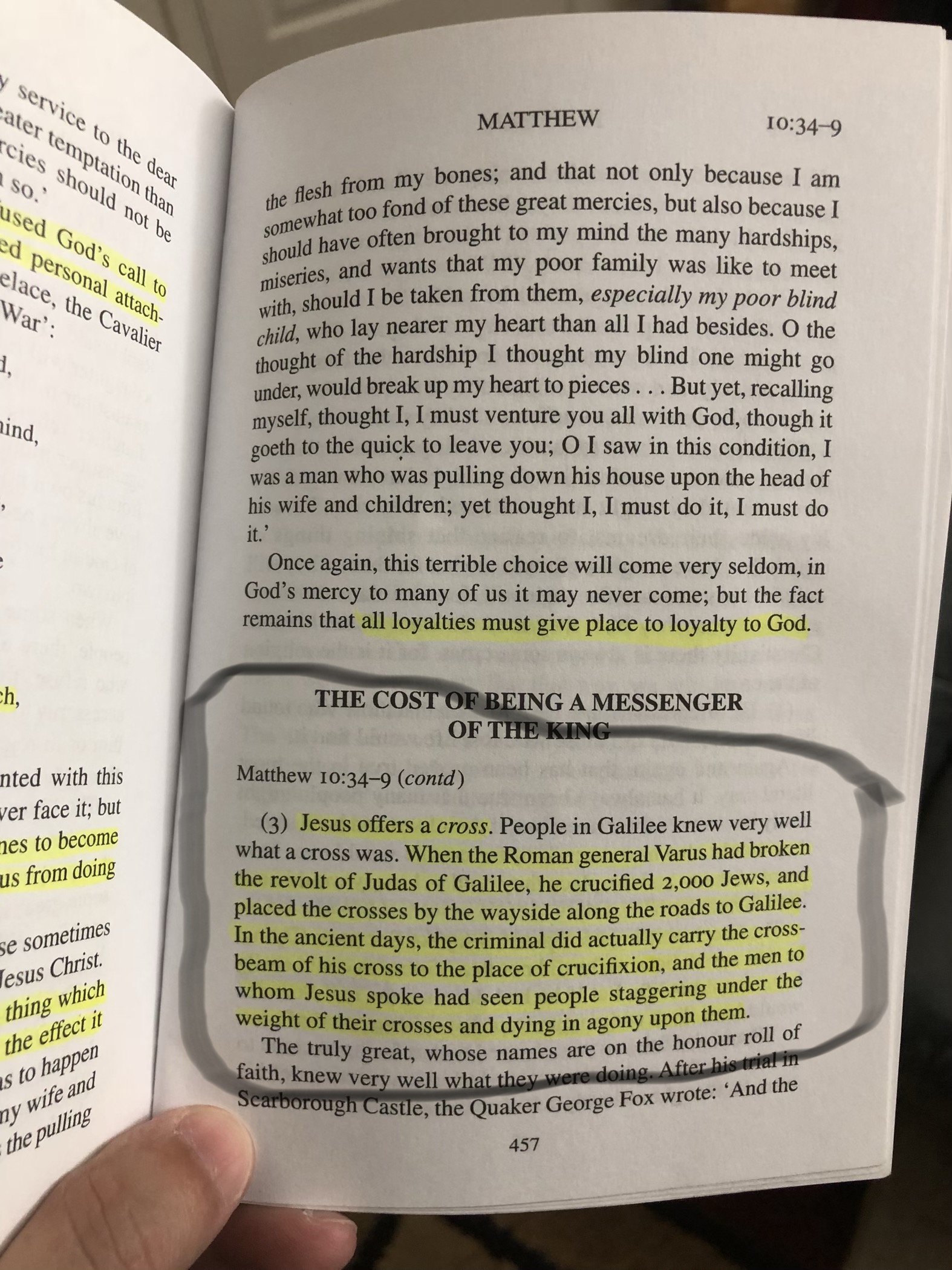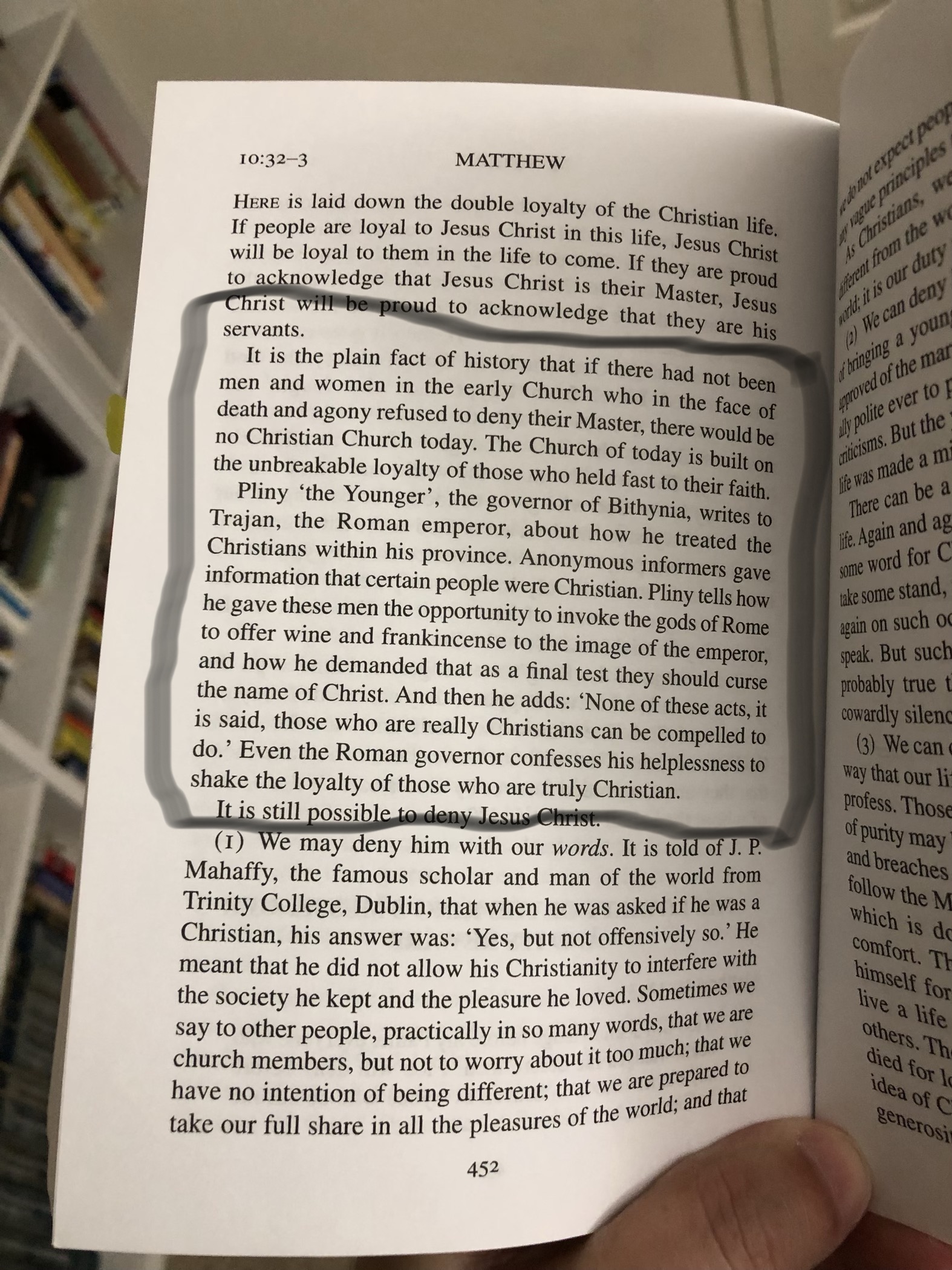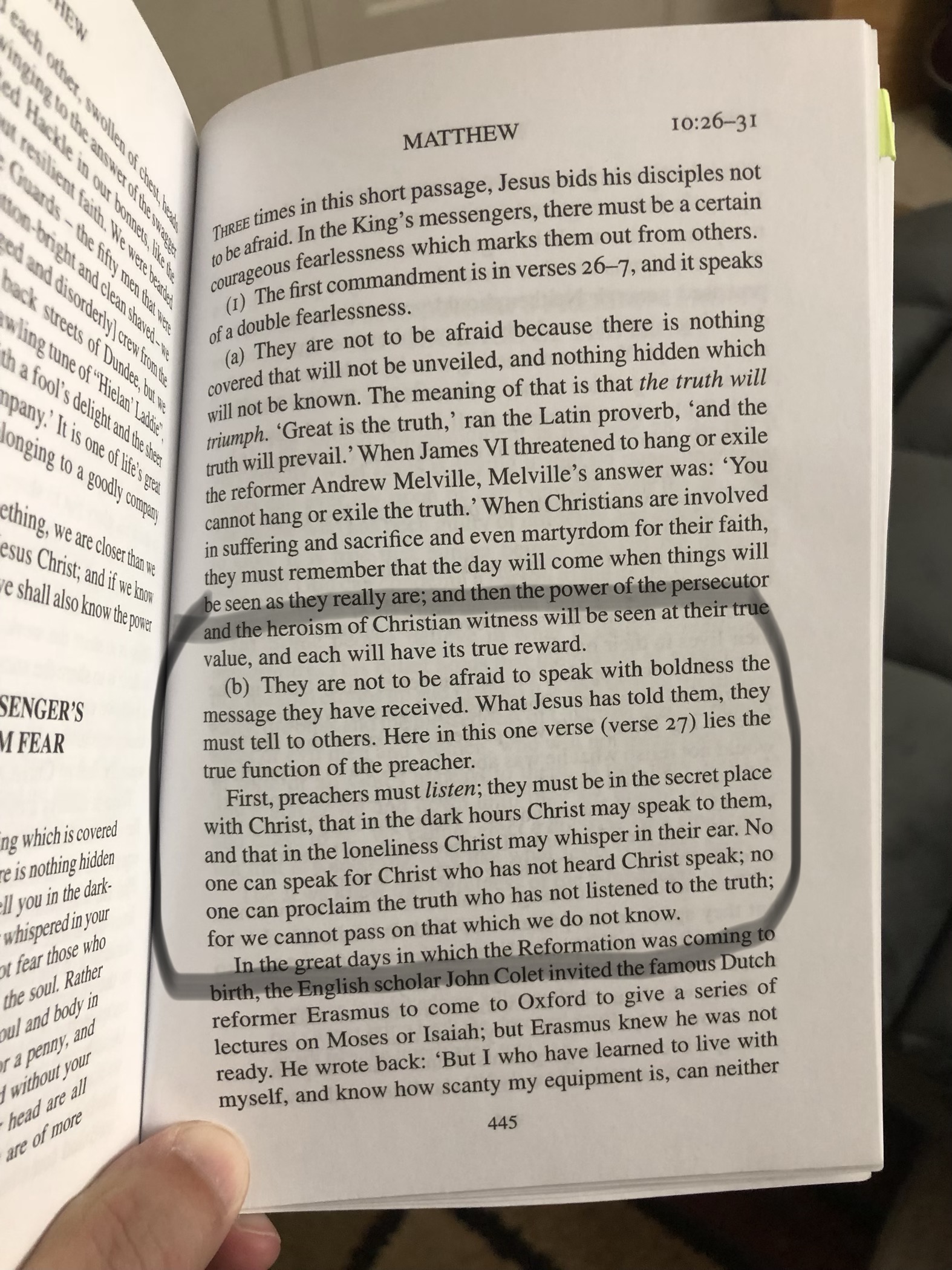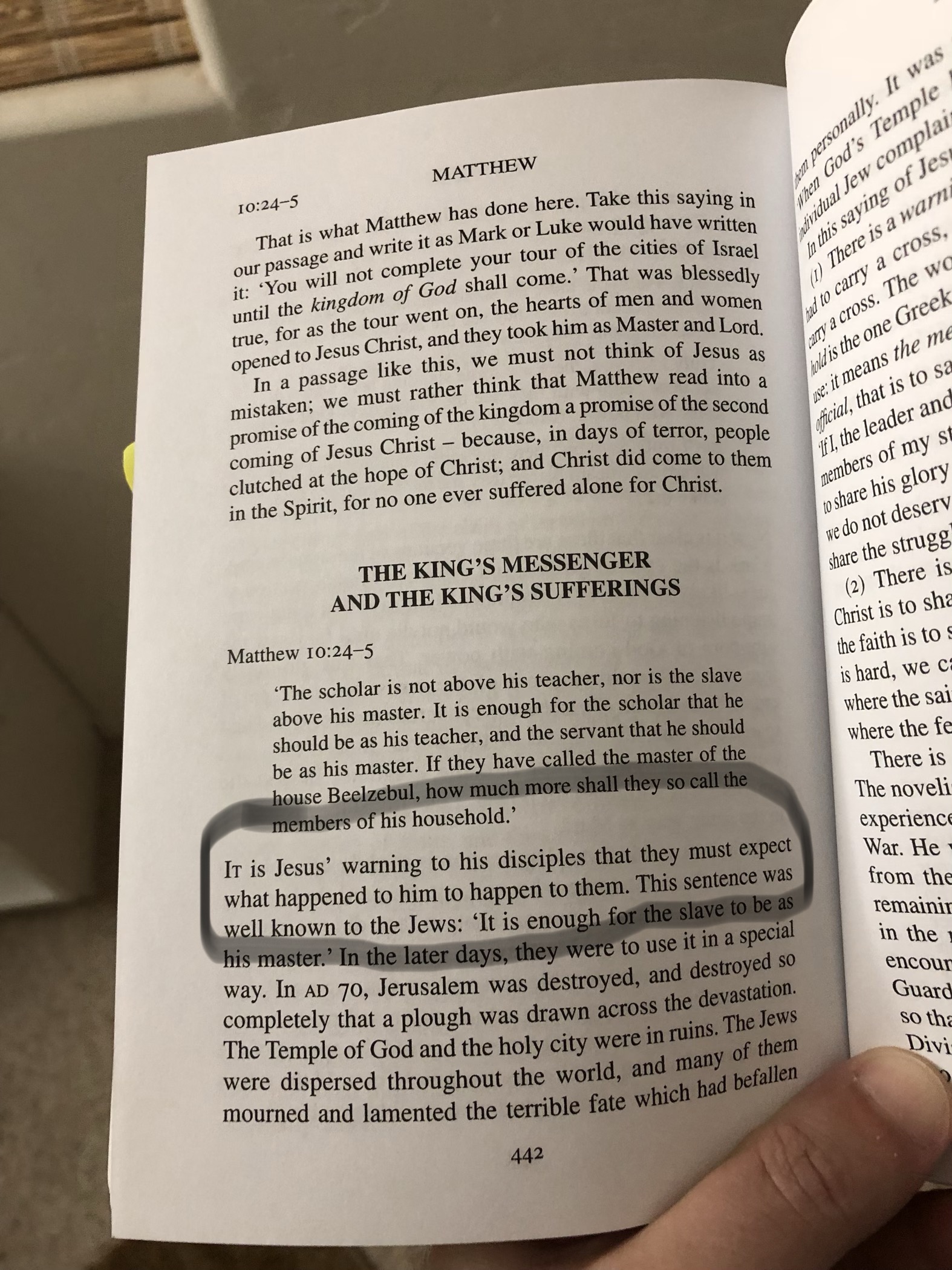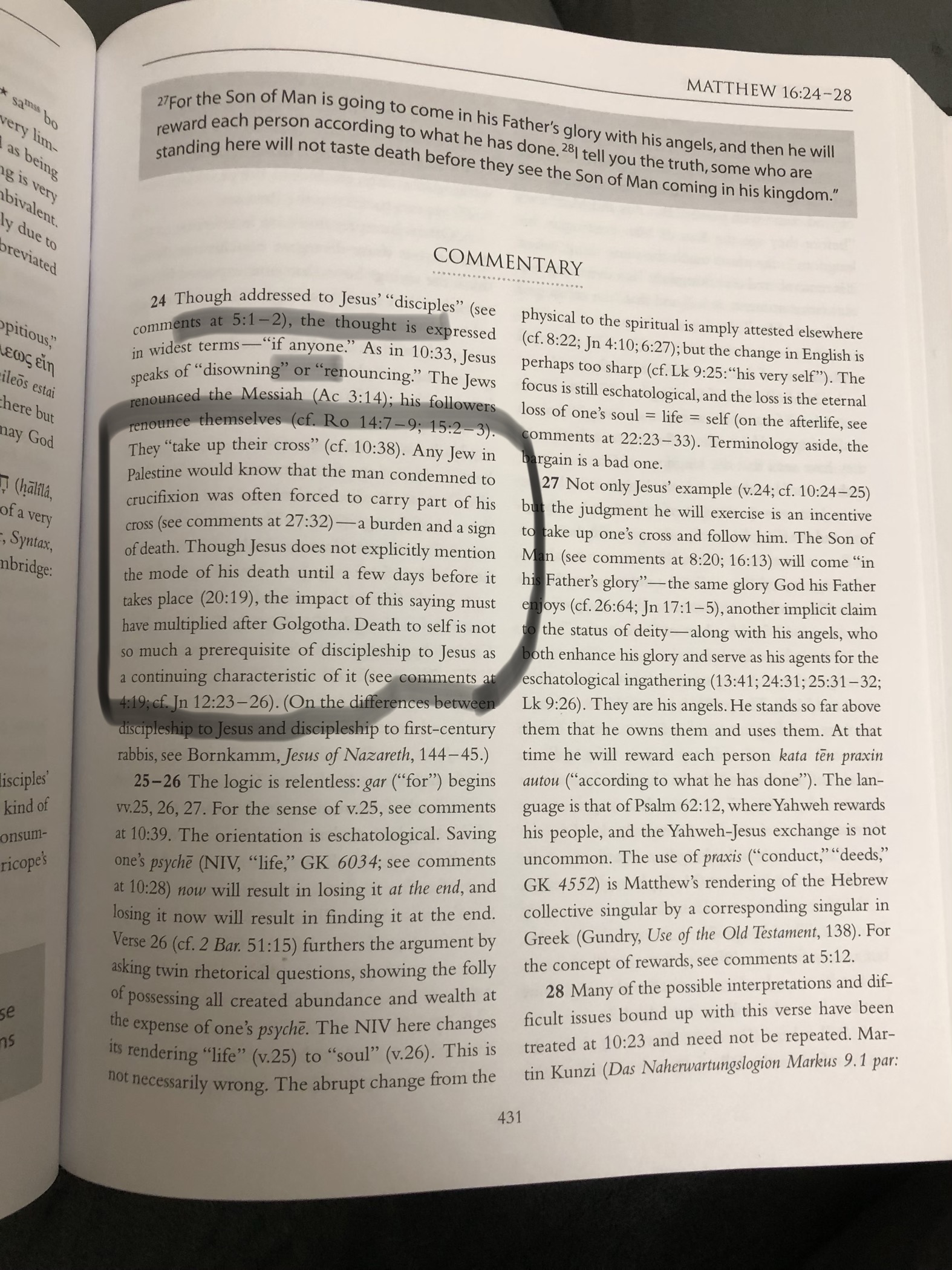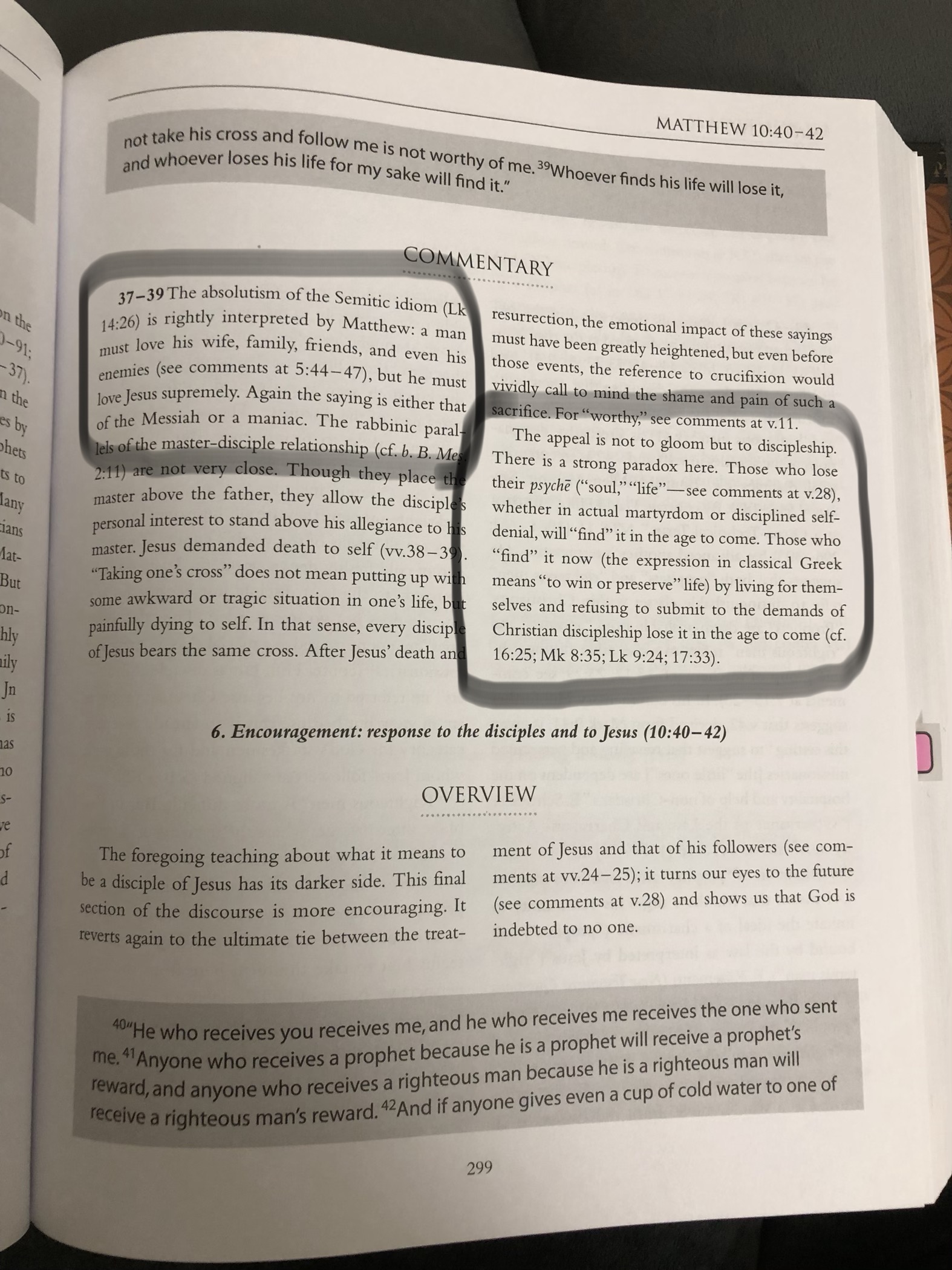Behind The Scenes Of Making A Sermon - Day 3 & 4
DAY 3 - FRIDAY
Friday was a long day of reading commentaries. As I read commentaries I looked to upgrade my answers to the five elements mentioned in day two: what, why, how, misconceptions, and Jesus. I marked information that might be useful for the sermon.
DAY 4 - SATURDAY
Saturday, also known as panic attack before you preach day! 😬
Using the sermon template you can see below, I wrote with a black, pen answers I could remember without looking at previous notes. By not looking at previous notes, I’m free to come up with better answers, and discover what has really stuck in my heart.
After, I wrote all I could remember, I looked over my mind map notes from day two, and added what I missed to the sermon template in red ink. Then I looked over my commentary notes and added what I missed, from them, to the sermon template using green ink as you can see below.
Then I went for a run.
I mention this, because a lot of ideas come while running. On this particular run, a sermon illustration involving a fake sunflower came to mind. I text Nancy. She has a lot of fake flowers.
Next, I went to my the whiteboard.
I wrote the title, “Losing To Win” in the top left corner. Then, I wrote down, “WHY?” and started writing what I thought would be most helpful for the sermon in red pen. I tried to write my answers from memory first, then I looked at what I wrote on the sermon template paper. This involved a lot of writing, erasing, writing, erasing, and doing push ups in between.
Then, I wrote, the “HOW?” section with a green pen.
Finally, with a purple pen, I crammed into the bottom right corner, answers to how Jesus is the ultimate example and hero.
After the whiteboard, it’s time for the final draft. For some preachers, the final draft involves typing a manuscript or outline. For me, it’s making a powerpoint.
Everything leading up to the powerpoint stage was focused on finding good content. Now it’s all about figuring out how to deliver that content in a powerful way.
I see the first half of my powerpoint as answering the audience’s question, “Why are we talking about this?”
The first 5-12 minutes is packed with answering why. If people see there’s a real need to listen, they do.
The second half of my powerpoint is answering the audience’s question, “How do we apply this message to real life?”
I want to give a Jesus-centered, how-to sermon. This means I encourage people to change behavior FOR JESUS. Guilt, fear, and anger can change behavior, but Jesus wants us to change behavior because we love him. Jesus said, “If you love me, keep my commands.”
As I’m making the powerpoint, I’m thinking of ways to communicate visually. This means, new ideas may come. They are welcome. Any ideas that will make the sermon better are welcome, even up the last moment. Creativity involves being flexible with ideas.
After making about 15 slides, I went to bed.
NOTE - Each stage of the sermon helps to filter ideas and replace some ideas with better ones. From the mind map to the sermon template, to the whiteboard, to the powerpoint, the sermon becomes more clear and concise.
